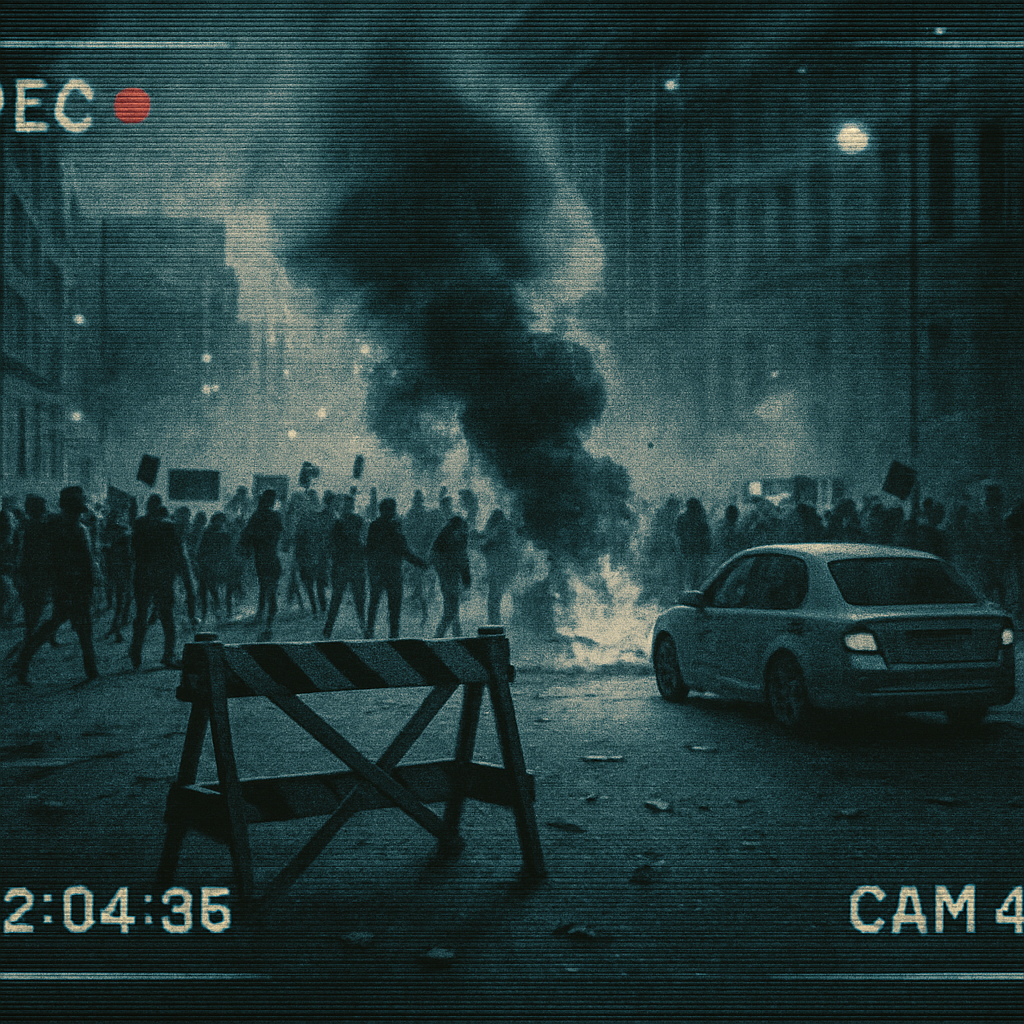When unrest breaks out, movement becomes one of the first freedoms to vanish. Roads close. Freeways gridlock. Protest zones spill into surrounding neighborhoods.
And if you’re downtown or near a federal building when it starts, you may not get out.
Mobility is often treated as a luxury. During a crisis, it’s a lifeline.
This isn’t just theory. We’ve already seen protest-related lockdowns, freeway shutdowns, and law enforcement perimeters expand with little notice.
In cities like Spokane and Buffalo, localized disruption turned into full-blown mobility crises almost overnight. You don’t need a nationwide event to get boxed in.
All it takes is a spark in the wrong place.
Here’s how to rethink your movement strategy now…before you need it.
Plan Multiple Exit Routes
If your job, apartment, or gym is in a city center, don’t rely on a single road home.
Map at least three options: primary, secondary, and improvised. Walk them if you can.
Look for:
- Pedestrian bridges or alleys that bypass chokepoints
- Stairwells in parking garages or service corridors between buildings
- Bike paths or canal routes that allow quiet movement out
Apps may not update in time. You need to know the ground.
Identify Protest-Prone Zones
Some areas attract unrest more than others. Federal buildings, courthouses, ICE offices, and downtown parks are frequent flashpoints.
Know where they are and track recent activity nearby. If you pass them often, consider adjusting your routes even on normal days.
Tip: Watch for transit stations or tunnels near protest zones. These are easy choke points to shut down.
Fuel, Stash, and Fallback Points
A half-tank is empty in a crisis. Always keep your vehicle fueled and ready.
But also think through:
- Where can you safely stop for water or rest if stuck in traffic?
- Do you have hidden supplies in a parking garage, friend’s place, or workplace locker?
- Where could you walk to if roads close completely?
Fallback points matter.
These might be:
- A quiet friend’s house in a low-profile neighborhood
- A secondary vehicle outside the protest radius
- A pre-stocked go-bag hidden off-site
Final Thought
Urban mobility during unrest isn’t about fear. It’s about freedom. If you can move, you can adapt. If you’re trapped, options shrink fast.
Treat your city like a terrain map, not a convenience. Study it. Walk it. And build your own escape routes now—while you still can.

